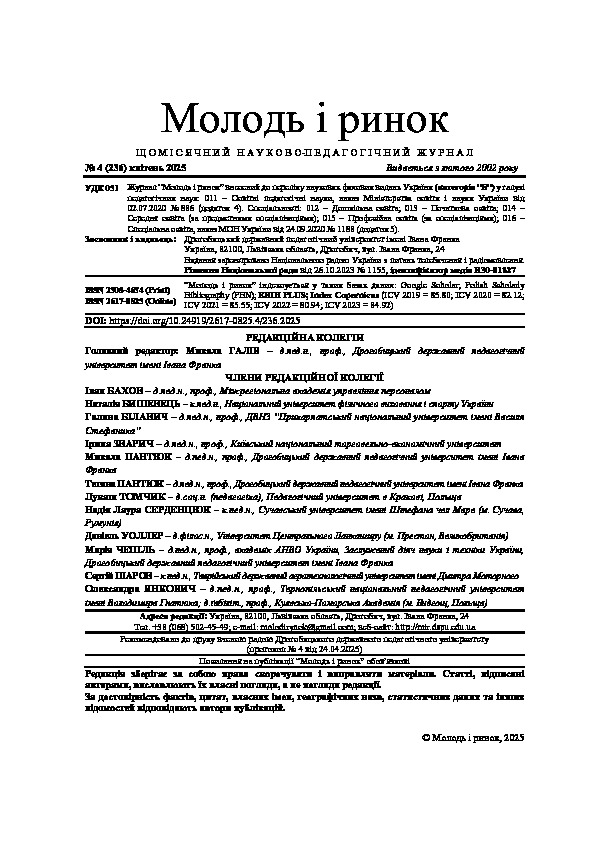id: 39399
Title: CLIL methodology in the context of an integrated approach to foreign language learning
Authors: Zakharevych M.
Keywords: Content and Language Integrated Learning; CLIL; integrated education; foreign language teaching; interdisciplinary approach; linguistic competence; intercultural competence; innovative methodologies.
Date of publication: 2025-05-28 15:24:38
Last changes: 2025-05-28 15:24:38
Year of publication: 2025
Summary: This article examines the CLIL (Content and Language Integrated Learning) methodology as a modern approach to integrated education, combining subject content learning with the acquisition of a foreign language. Special emphasis is placed on its relevance in the context of multilingual education and globalization. Theoretical foundations of CLIL are substantiated, particularly the “4C’s” concept (Content, Communication, Cognition, Culture), which outlines the key directions for implementing the methodology. The connection between CLIL and cognitive and linguistic learning theories is explored. The principles of integrating language and subject content learning are discussed, emphasizing the importance of interdisciplinary connections and using the language as a tool for acquiring new knowledge. Key advantages of the methodology, including increased student motivation, critical thinking development, and practical language use, are analyzed. Simultaneously, challenges such as teacher preparation, material adaptation, and assessment are highlighted. Recommendations for effective CLIL lesson planning are provided, focusing on preparation stages (activating prior knowledge, developing language structures), content and vocabulary selection, and student progress evaluation methods. Examples of CLIL implementation in various educational systems, particularly in European countries and Ukraine, are presented. Specific cases of applying the methodology in teaching mathematics, natural sciences, and history are described. The importance of CLIL for developing four language skills – speaking, reading, writing, and listening – is underscored. The role of the methodology in fostering intercultural competence is also considered. The article concludes by emphasizing the significance of CLIL as an effective means of integrated education. It highlights its potential for developing linguistic and subject competencies and the need for further research and methodological improvement.
URI: http://socrates.vsau.org/repository/getfile.php/39399.pdf
Publication type: Статті у наукових фахових виданнях України (Copernicus та інші)
Publication: Молодь і ринок. 2025. № 4 (236). С. 159-175. DOI: https://doi.org/10.24919/2308-4634.2025.324133
In the collections :
Published by: Адміністратор
File : 39399.pdf Size : 1459469 byte Format : Adobe PDF Access : For all

| |
|
|